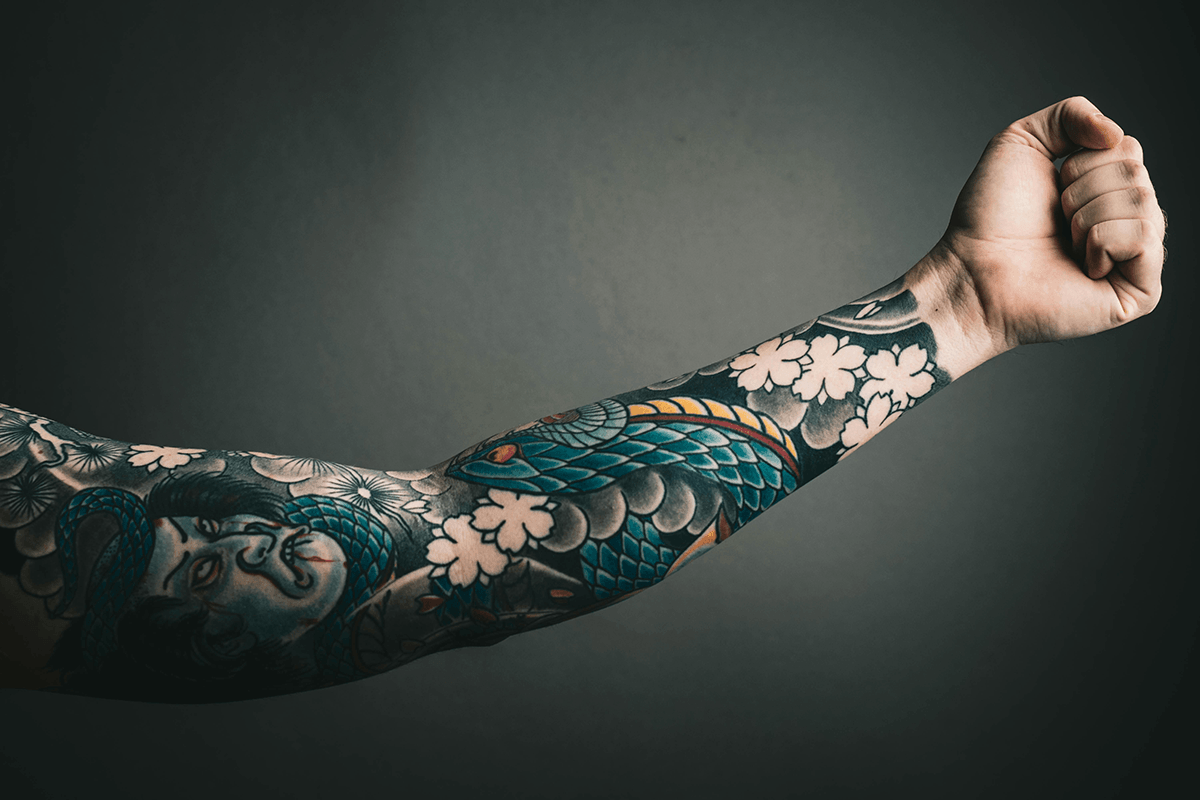Prevent trouble with your tattoo

People adorn their skin with tattoos for numerous reasons. A key to a long-lasting and healthy tattoo is after- and continuous care. Kim Chang, an aesthetician with Baylor College of Medicine, gives tips on how to ensure the longevity of your tattoo.
“There are parts of the skin where getting a tattoo might be more painful or not recommended, but generally speaking, you can get as many tattoos as you want as the ink will not enter the bloodstream,” Chang said. “Additionally, designs that would require the penetration of a mole on the skin should always be avoided.”
Tattoos work when a needle repeatedly pierces the skin to inject ink or pigment into the dermis, the layer of skin just under your epidermis, the outer, visible layer of skin. Once the epidermis heals, the ink or pigment remains in the dermis and is visible, leaving a design. Over time, tattoos will fade. The skin is an organ that operates by continuously shedding epidermal layers. This exposes the deposited ink or pigment to external elements and causes it to fade away. Fading can be remedied with touch-ups from tattoo artists every 3 to 6 years.
Because the skin is being repeatedly penetrated, it is best to think of fresh tattoos as open wounds and to treat them as such. The usual recommendation is to keep it clean, dry and sometimes covered after the tattoo session for about 72 hours. During this time, avoid direct sunlight. It is okay to allow the wound to be uncovered in safe environments. A common occurrence during this period is fluid leaking from the tattoo site. This fluid can be washed away with a saline solution and is not cause for concern.
“People will also need to avoid ‘funny waters’ like jacuzzi tubs, lakes and swimming pools during this first healing process,” said Chang. “After this initial healing period, you will want to protect your tattoo with petrolatum and plenty of SPF. Hydrating and protecting will ensure the longevity of the design.”
If visiting reputable artists, there is little concern for infections caused by tattooing. However, it is never impossible. Signs of infection are the formation of pustules, granulomas, pink and white-colored raised bumps, foul smells and extreme itchiness on the site of the tattoo. Some people may also experience allergic reactions to tattoo ink, with red ink being the most common. If you experience these reactions, seek immediate medical attention and make an appointment with a board-certified dermatologist.
“If you have any concerns about getting a tattoo, speak to a dermatologist,” said Chang. “They can go over where they think the best areas on the skin to get a tattoo, personalized aftercare and address any concerns about allergies or infections. They may even be able to provide recommendations for reputable tattoo artists in your area.”
Learn more about Baylor Medicine Dermatology.
By Aaron Nieto



